Why solar cannot displace global fossil fuels usage at scale
The technology has far more disadvantages than supporters claim.
A key theme of this Substack column and my From Poverty to Progress book series is the importance of energy to human material progress. To maintain progress, we need abundant, affordable, and secure energy.
For the last 200 years, fossil fuels have been the dominant energy source, and they seem very likely to remain the dominant energy source in the coming decades. That is why I consider “widespread usage of fossil fuels” to be the Fifth Key to Progress.
Recently, there have been almost utopian predictions of the future from supporters of solar power stating that solar power by itself can replace a huge percentage of fossil fuel usage globally. Typically, these writers point to the following reasons:
Declining costs of solar modules. Typically expressed as LCOE (Levelized cost of energy).
Rapid growth in the construction of solar plants.
Declining costs of batteries (which can potentially be used to store electricity generated from solar plants).
All of these trends are absolutely true, and we should be happy about them. And those trends really matter. Any new energy source that experiences lower costs is good for humanity.
Solar power has come a long way in the last 40 years. And for the record, I was a fan of solar power long before it became trendy. But like many emerging technologies, the hype has gone way beyond the reality. Past success and ideological pressures have moved the goalposts far beyond what can be achieved in the next few decades.
If the stated goal of solar aficionados were to construct solar plants near populated regions with high levels of solar radiance and increasing daytime electrical demand, then I would agree with them. Build those solar plants! They are a great supplement to our energy system.
Unfortunately, solar advocates want to go far beyond that. They advocate for a massive replacement of fossil fuels across the globe regardless of geography, electrical demand, or monetary costs. And they claim that solar power is the means to do so.
The assumption of ever-decreasing prices
More technologically oriented supporters of the dramatic expansion of solar power assume that because solar prices have been declining in the past, they will inevitably do so for the foreseeable future.
In fact, all new technologies go through a process where, the technology starts out expensive, unreliable, and not very useful. Most technological innovations remain in that stage and never become a viable product at scale. Engineers for some of those products figure out how to make them less expensive, more reliable, more performant, and more useful. As demand begins to take off, manufacturing can then be scaled up and the price gradually drops. This creates a price transition, which radically cuts the cost of production. Solar is obviously following that trajectory. The optimists assume that this will continue.
What they are ignoring is that virtually all products get to a price point that is difficult to decrease. All the initial design, technological, and manufacturing optimizations have been discovered. The price then stabilizes relative to other goods. That does not mean that the price cannot be lowered, but it means that the dramatic drops are a thing of the past, at least until the next transformative technological innovation.
This phase of pricing will very likely hit solar power, but no one has any idea when including those who make optimistic predictions. No matter how sophisticated the mathematical calculations or the assumptions, no one knows for sure.
Not too long ago, supporters of wind were cheering rapidly declining wind costs only to see substantially increasing prices in the past few years. The same appears to be happening to solar prices as well, at least in the United States. The Purchase Price Agreement (PPA) is the actual cost for a solar or wind project paid by the utility, and it has doubled in the US since 2020. In a competitive market, PPA prices roughly approximate LCOE minus government subsidies.
This may be a temporary blip, but it is more likely that wind turbines have hit that price transition. I am more confident that this is a temporary blip for solar, but solar prices will one day bottom out.
These two price transitions were once widely assumed by business managers and engineers. I think the reason that we often forget about these price transitions is that so many of our cutting-edge products are based on digital technologies, which have zero manufacturing, labor, and material costs. This makes it easy to forget that the two price transitions are normal.
Solar power is not a software project, although software plays some role in its optimization. Solar power is a hardware product, so solar production must include the cost of materials, labor, and manufacturing. This gives us every reason to believe that, at some point, the price declines will level out. And so are batteries.
If the solar aficionados stated “Assuming these price drops continue, which is a big assumption, then solar will likely greatly increase its share of electrical production in many geographies. This will have some impact in lowering fossil fuels usage.”, I would agree with them. But that is not what they say.
Instead, they make open-ended predictions of ever-expanding solar replacing fossil fuels.
This is just another example of Techno-Optimism
And this is not just about solar power. It is really just another strand of what on might call “Techno-Optimism.” In another article, I explained why I consider myself to be a “Techno-Realist” rather than a Techno-Optimist. And I think that I share that characteristic with most engineers who have to do the hard work of implementing the “great ideas” foisted on them by their managers and executives.
I must admit that I have a love/hate relationship with Techno-Optimism. On the one hand, optimism is very useful for changing the world in a positive direction and technological innovation is the single most important means to do so. On the other hand, excessive optimism can lead to disappointment, despair, and wasted financial assets.
I believe that technological innovations as a whole are transformative, but any one technological innovation is rarely transformative. And predicting the actual effects of any one technology is extremely difficult.
I would rather just wait and find out rather than speculate. My biggest concern is with wasted resources that might be better used for other projects. This is particularly true with with government-subsidized and mandated Green energy.
Some of my big objections to the Techno-Optimists are that they:
Drastically overestimate their ability to predict the future
Often exaggerate the importance of any one technology to transform our future
Seriously underestimate the speed at which those technologies can be deployed.
Forget how geography, human psychology, biology, culture, and other factors can make a seemingly transformative technology a dud.
Underestimate the role of other non-technological factors that contribute to human material progress and how it works in our daily lives.
Many emerging digital technologies can be used to create (or more likely unintentionally drift towards) a dystopic Totalitarian society.
Ignores the dark side of human psychology, which can be used to push society in that direction. Ideology is how opponents of progress do this.
So where does this optimism come from?
Getting back to solar advocates, I think much of this rhetoric is driven by:
A legitimate counter-argument from Techno-Optimists who object to the gloom-and-doom arguments of Techophobic Greens and Degrowthers. I largely agree with Technophiles, but I think they are seriously underestimating the importance of another energy technology to long-term economic growth: fossil fuels.
Ideological activists who want to push a Green narrative of the need to get to Netzero by 2050 to avert a climate catastrophe regardless of the facts. This goal will certainly fail and will have virtually no impact on future temperatures.
Politicians who want to hand out subsidies to supporters to win elections.
Green energy corporations and financial services firms who are motivated by profit from government subsidies and mandates. They desperately need a slice of the massive subsidies going to sustain their business. Given that Green energy is not more than $1 trillion per year globally and rising rapidly, this is not a trivial amount of money.
What would you do for a share of $1 trillion.People who believe that fossil fuels and nuclear are immoral, and therefore vest other energy sources with morality. This is particularly true of solar and wind.
People who confuse predictions of the future with established facts. In particular, they view the profit-seeking predictions of Green financial services firms as fact, not a conflict of interest.
People who ignore the fact that increased construction of solar has been to a large extent funded by government subsidies and mandates, not the actual characteristics of the technology. Without those subsidies and mandates, solar would be much less widespread.
People who do not understand the sheer scale and complexity of the global energy system. It seems simple, but when you get into the details, it is very complex and full of trade-offs. Those trade-offs are exactly why fossil fuels dominate the global energy mix.
People who confuse electricity with energy and carbon dioxide emissions. Electricity is only about 20% of total carbon emissions and a somewhat higher percentage of energy use.
People who do not understand the very real disadvantages of solar compared to other existing energy sources, which makes up the bulk of this article.
The combination of profit motive, political power, and ideology is particularly toxic for sensible energy policy.
The problem is that solar advocates treat solar power as a commodity that can easily just be dropped into an electrical grid anywhere in the world. They also assume that a watt of electricity from solar power directly replaces a watt of electricity generated from fossil fuels.
That is simply not true today, and it will likely never be true.
Solar modules and batteries may be commodities rapidly decreasing in price, but the entire solar industry does not function like a typical commodity market. The solar industry functions more like defense contractors who are heavily dependent on government subsidies and mandates to preserve their profitability.
The advantage of being a Late Adopter
The main argument made by solar aficionados is illogical.
Prices for solar are dropping fast!
So we need to dramatically increase spending on solar right now!
That makes no sense.
If the prices for solar are going to be significantly cheaper in a few years, it makes far more sense to wait. Why pay more now? Why not wait for lower prices?
Remember that we already have an electrical grid that works, so solar is really just replacing a proven technology. Spending money now would make sense if we had no other technology to generate electricity, but that has not been the case for over a century. Solar plants also have far shorter lifespans than fossil fuel, nuclear, and hydro plants, so any solar plants that we buy now will soon need to be replaced anyway.
If solar power is going to be substantially cheaper in the next decade, it makes far more sense to make the purchase later when it is cheaper. Let the other regions pay a price premium for technology that will soon become outdated and enjoy the benefits of their unwise spending. While some people say that being an Early Adopter will ensure that solar will be manufactured in the United States, that strategy clearly failed. China is the dominant manufacturer of solar and likely will be for the foreseeable future.
This, by the way, is exactly the reason why I tend to be a Late Adopter of technology. Let other people pay more for more expensive, less reliable, and less performant products if they want to. Usually they are just looking for social status anyway. I will wait a few years and buy a cheaper, more reliable, and more performant product.
And why do we need subsidies and mandates?
The other common argument made by solar aficionados is also illogical.
Solar is cheaper than any other energy source!
So we need to increase government subsidies!
This is how you know that the profit incentive of solar and energy financial services companies plays a strong role in this pro-solar sentiment. They are indirectly lobbying for taxpayer money.
If solar is the cheapest energy source and it is sure to get even cheaper in the future, then why on Earth do we need government subsidies and mandates?!?
Market forces naturally follow the cheapest product, so they are not needed. But supporters of solar insist that, though government subsidies are not needed to make solar cost-effective, we need to keep piling them on anyway.
Sorry, that logic is just lobbying for taxpayer money. I cannot respect anyone who makes an argument like that. They are just wrapping the pursuit of free money in moral virtue. That is a bad look!
If the supporters of solar agreed to eliminate government subsidies and mandates for solar and other renewable energy sources, then I would have much more confidence in their honesty and integrity.
Everyone who reads analyses on the cost of renewable energy today and in the future needs to understand the strong profit motive or ideological motive that the researchers have. This is not like an economic analysis of other industries that are driven largely by market forces.
Solar is more like defense contractors who are dependent on a favorable policy environment, so lobbying voters is part of their business model. That does not mean that they are incorrect, but it does mean that you should be skeptical of their conclusions and look at their assumptions. When you do so, you typically find that they make very optimistic assumptions and ignore the disadvantages of solar (listed below).
As I said earlier, I like solar power, but I like affordable, abundant, and secure energy more. And solar is just one technology to achieve that goal. Like all technologies, solar has advantages and disadvantages.
To be clear, I am not arguing that:
Solar power cannot generate useful electricity. It can and does.
Solar power cannot slow the increase in fossil fuel usage. It can and it already has. But that is very different from dramatically decreasing fossil fuel usage across the globe.
Solar power cannot provide a substantial percentage of electrical generation in some geographies. It can and does, but remember electricity is only one form of energy that fossil fuels supply and those geographies are relatively limited.
Utilities should not construct solar power. Where geography, electrical demand, and local cost structure allow, solar power is often a good supplement to other energy sources.
I am arguing that even with declining solar prices the forced Green energy transition via government mandates, taxes, and subsidies will:
Not reduce global fossil fuels consumption by the 20, 30, 40, or 50 percent that some claim.
Inevitably fail to achieve NetZero by 2050
Make virtually no difference in future global temperatures.
Cost tens of trillions of dollars (an estimated $1.77 in 2023 alone)
Greatly increase energy prices
Undermine long-term economic growth.
See also my other posts on Green energy policies:
A simple and cost-effective plan to quickly lower US carbon emissions
More evidence that solar + wind cannot decommission coal plants at scale
You should also check out my “From Poverty to Progress” book series:
Here are a few reasons why I seriously doubt these predictions of solar power dramatically reducing global fossil fuel consumption by 20, 30, 40, or 50 percent:
In general, increased solar is in addition to fossil fuels, not a replacement for fossil fuels. Global fossil fuels usage keeps going up despite ever-accelerating installations of solar plants. This is conveniently ignored by Techno-Greens.
Cost is only one of the factors that constrain solar power, so unlike many commodities, declining prices do not automatically lead to increased adoption. Low-cost solar is necessary, but not sufficient to replace fossil fuels on a global scale.
The non-cost factors (described below) are much harder to overcome. They might even turn out to be impossible to overcome in a cost-effective manner.Solar power only generates electricity, which is just one of many of the uses of fossil fuels.
As mentioned earlier, Power Purchasing Prices for solar in the United States have doubled since 2020. Again, this may be a short-term blip, or it may be a new trend. PPA prices more accurately reflect the cost of solar than LCOE, which are estimates that do not include geographical variation and the cost imposed on the rest of the grid.
Even if this is a short-term blip, declining costs will likely end someday and perhaps even start rising (as happens in almost all industries as they mature). No one knows when this will happen, but it will likely happen. Not too long ago, supporters of wind were cheering declining wind costs only to see substantially increasing prices in the past few years.
New power plants are almost always more expensive than existing power plants whose capital costs have largely or entirely been paid off. This means that new solar is almost always more expensive than existing fossil fuel, nuclear, or hydro plants. This invalidates the claim that “solar is cheaper than fossil fuels” in almost all situations.
Virtually every grid that constructs large amounts of solar power experiences increased electricity prices, which invalidates the argument that “solar is cheaper than fossil fuels.”
Solar power is highly constrained by geography (this fact is almost always ignored in these utopian projections of the future). You can see a solar radiance map of the US below and then a global map further down the page.
In general, increased solar is in addition to fossil fuels, not a replacement for fossil fuels. Global fossil fuels usage keeps going up despite ever-accelerating installations of solar plants. This is conveniently ignored by Techno-Greens.
As solar power increases in its percentage of electricity generated in a market, it eventually hits a point where it generates less and less useful electricity. This is clearly the case in Europe, where solar capture rates are declining with each year. The “capture rate” essentially indicates the market value of the electricity created. Solar capture rates have declined since 2019 across nearly all European nations. The reason is simple: solar plants generate electricity at roughly the same time, so if you keep building more solar plants, eventually the electricity saturates the market and declines in value. Then the market value keeps declining with each new solar plant.
Here are just two examples, Germany and Spain (you can find more at the link above). Note the problem is worst in the late spring and summer when solar is most efficient, so building more solar only makes the problem worse in those seasons:You can also see diminishing returns within individual days. This creates the so-called “duck curve” during late spring and summer afternoons. By 2023, California solar was producing too much electricity during late spring and summer afternoons and nowhere near enough the rest of the year. The more solar you install, the worse the problem gets. Another example of diminishing returns from solar even when the price decreases.
Note that daily diminishing returns are much more easily solved (with roughly 12 hours of storage in utility-scale batteries) than the seasonal diminishing returns that I showed above (which require weeks of storage).
I will cover utility-scale batteries in a later article.This means the market value of solar-generated electricity varies greatly by day. Ironically, the more efficient the solar power is, the lower its market value.
The nameplate capacity of solar plants (and wind turbines) is not equivalent to the nameplate capacity of fossil fuel plants (or nuclear or hydro). Unfortunately, most media coverage focuses on this very deceptive statistic. Energy experts who should know better do not try to correct the deception because they want to avert a climate catastrophe or they benefit financially from the financial flow.
The capacity factor of solar is the lowest of any major energy source. The capacity factor is the percentage of electricity generated compared to the theoretical maximum of the nameplate capacity. Depending upon use, fossil fuel and nuclear capacity factors are typically 3-4 times the capacity factor of solar (while wind does a little better).
LCOE estimates for various energy technologies that you often see in the media completely ignore system costs, which are the marginal costs that solar imposes on the rest of the electrical grid. System costs dramatically increase the cost of solar. More on this below.
Lazard’s LCOE estimates, which are the cost estimates one’s that you always see, start with optimistic assumptions, particularly on low-end costs.
Lazards used to explicitly state that LCOE for fossil fuels and LCOE for renewables should not be compared and kept the calculations on separate graphics. Then a few years ago, they dropped the claim and placed both fossil fuels and renewables on the same graph. And then buried the disclaimer. Then the disclaimer completely disappeared. Not surprisingly their media and social media sharing went way up.
I completely lost respect for Lazards after they did that.Solar (and wind) costs are highly sensitive to interest rates on the bond issues that pay for the cost of initial construction (this is also true for nuclear and hydro). This is because a high percentage of their costs are in construction. Higher interest rates can, and have caused costs to suddenly spike.
While the timing and location of electricity production of other energy sources are somewhat controlled by humans, this is absolutely not true of solar (or wind). Nature just does its own thing.
Most reductions in fossil fuel usage in Western nations are actually due to lower consumer demand due to very high prices. The nations with the most expensive electricity are dominated by those that favor wind and solar. This is particularly true in Europe. This is Energy Austerity, not Energy Transition.
Solar power is heavily concentrated by time of day, and this concentration does not match consumer demand for electricity. For example, in Germany in 2023, a full 46% of all solar-generated electricity was generated in 10% of the hours. The other 90% of the hours generate barely more than half of the total electricity. And 74% of the electricity was generated in 20% of the hours. The other 80% of the day generates only 26% of the electricity.
This makes solar heavily dependent on storage in temperate latitudes.Solar curtailment (electricity being produced that is not useful so it is not allowed to enter the grid) is already becoming a big problem during spring and early summer days in California, and the problem is guaranteed to only get worse.
As solar production increases, it hits a point when no useful electricity is generated during peak so solar only generates electricity when it is less efficient (winter, early spring, and late fall). This means increased solar production will keep getting less cost-effective.Solar power undermines the electrification of the transportation sector, which relies on a substantial portion of vehicles recharging during the night. In particular, the high cost of electricity and no electricity at night are the opposite of what electrified transportation needs.
Most highly populated regions have relatively low levels of solar radiance (see global map below). Other factors that undermine capacity factors are shade from trees/tall buildings, dust in desert regions, and tropical humidity.
Long-distance power cables designed to overcome geographical constraints are very expensive and time-consuming to build. The United States, for example, has seen very little construction over the last 20 years. Crossing international borders is intensely political outside of Europe.
It is difficult to see how this will change as the cost-per-mile long-distance power cables have tripled since 2008:
By far the worst carbon emitter per unit of energy (other than wood) is coal, and there is no evidence that solar can decommission coal plants at scale. In fact, I am not sure that there is even one example of a decommissioned coal plant in the world whose electricity has been replaced by solar or wind 24/7/365.
East Asia, Southeast Asia, and South Asia emit the majority of the world’s carbon, but the region has very few solar resources other than the Gobi desert (see map below). The situation there is even worse for wind.
Many desert regions have a serious problem of sand blowing in the wind to cover solar panels, which reduces the capacity factor unless washed with water, a scarce resource in the desert.
Many tropical regions have dense forests which would require clear-cutting to build solar farms, hardly a Green activity. The humidity also reduces capacity factors.
Solar power is useless during the night, which is 50% of the time.
In Temperate latitudes, solar power varies greatly by season. Capacity factors are typically triple in the summer (roughly 30%) as in the winter (roughly 10%). This makes keeping the electrical grid going for 3-6 months out of the year very challenging and expensive for solar.
While solar radiance within each season is fairly predictable, cloudiness still varies between days and even within days.
All options to overcome the “system costs” listed above caused by solar intermittency dramatically increase the total cost of deploying solar power (these system costs completely invalidate the claim that “solar power is cheaper than fossil fuels”):
Overbuilding + curtailment
At the very least, this triples or quadruples the necessary construction cost of solar plants to produce electricity through the Temperate winter, but that still does not deal with no sun at night (50% of the time). So, this option is really only viable in tropical latitudes with high solar radiance and few forests.Utility-scale batteries are extremely expensive. Costs are the same order of magnitude as nuclear reactors, but batteries do not even generate electricity.
If we assume that we want to replace just one 1000 MW coal power plant with 12 hours of battery storage (enough for a solar plant to produce enough electricity to get through the night) then that would require 12,000 MWh of utility-scale batteries. Using Tesla’s advertised prices for Megapack, which cost $5,055,940 for a mere 19.3 MWh, then that would cost a whopping $3.1 billion. And this is just one power plant!
In 2023, total global electricity generation was close to 30,000 TWh. And realistically, you have to have battery storage with enough capacity to run the entire electrical grid for days or weeks during the Temperate winter. The days are just too short and cloudy. Even one week’s storage increases the price of storage to $210 trillion or roughly three times the world’s GDP.Rely on some blend of coal, nuclear, natural gas, and hydro for half the year and nights. So now you have essentially two different energy systems. This is probably the most realistic option, but it is hardly the energy transformation that solar advocates are looking for.
A blend of Options A and B. This is still more expensive than Option C.
Almost the entire supply chain for solar manufacturing is dominated by Communist China, so any large-scale solar program will help a nation that is clearly now our strategic adversary and may be at war within the next few years.
The same is true of batteries.
Utility-scale solar plants are very land-intensive compared to other energy sources. Since preserving wild habitats should be a key goal for protecting the natural environment, it is an open question whether solar power is actually Green. Rooftop solar does not have this problem, but unfortunately, it is far more expensive than utility-scale solar plants (roughly 4x).
In North America, natural gas is a far more cost-effective solution to reduce carbon dioxide emissions at scale. If carbon dioxide emissions is the goal, then why not do it in the most cost-effective manner?
So you are opposed to solar power, right?
No!
Let me be clear. I do not believe that these facts mean that we should not construct new solar power plants. I think for arid regions with high levels of solar radiance and high usage of air conditioning, solar power makes a lot of sense for the daytime in the late spring/summer/early fall. As the prices for solar power decrease, solar will make even more financial sense in those fairly limited scenarios.
Unfortunately, those regions where solar power is cost-effective are far more geographically limited than solar aficionados realize.
The reality is that there is no energy system that works for all regions of the world.
Just so that I am clear about the regions that potentially have cost-effective solar at scale, here is a list:
The American Southwest (which is the region that solar aficionados focus on)
Parts of Mediterranean Europe
Mexico
Northern Africa and the Middle East
Australia
The Andes mountains
Southwest Africa
The Himalayas and the Gobi desert
The following regions are very unlikely to see cost-effective solar at scale anytime soon (and maybe never):
The Eastern half of the United States, where 80% of the US population lives.
Almost all of Europe (with a population of roughly 700 million)
Almost all of South American and Central America (with a population of roughly 400 million)
South Asia (with a population of roughly 2 billion)
East Asia, except for the Gobi desert (with a population of roughly 1.6 billion)
Southeast Asia (with a population of roughly 700 million and a high likelihood of future rapid economic growth)
Russia
Canada
The total population in this second group of regions is approximately 5.8 billion or roughly 70% of the total global population. So solar aficionados have no solution for most of humanity.
So for all the reasons that I listed above, solar is going to remain a niche energy source for the vast majority of the world’s population for the foreseeable future (and so will wind). Just like all other energy sources, solar power makes economic sense for some uses but not for others.
What about solar + utility-scale batteries?
I already dealt with that above. Utility-scale batteries are insanely expensive at the scales needed to be effective and will likely be so for the foreseeable future.
What about solar + electric vehicles?
I briefly mentioned above that solar power and electric vehicles do not work well together. Electrified transportation requires recharging at night when solar generates no electricity. If you are skeptical, you can read my article on the subject.
What about wind and other Green energy sources?
I will get to that in a future article…
So, do you have a better idea?
Yes, fortunately, there is a better alternative energy policy to:
Create an energy system that is abundant, affordable, and secure. This will keep human material progress going. This should include both wealthy and developing nations.
Mitigate the negative side-effects of that progress on the natural environment. This includes carbon emissions, air pollution, water pollution, wild habitat destruction, extinctions, and human health concerns.
See also my other posts on Green energy policies:
A simple and cost-effective plan to quickly lower US carbon emissions
More evidence that solar + wind cannot decommission coal plants at scale
You should also check out my “From Poverty to Progress” book series:


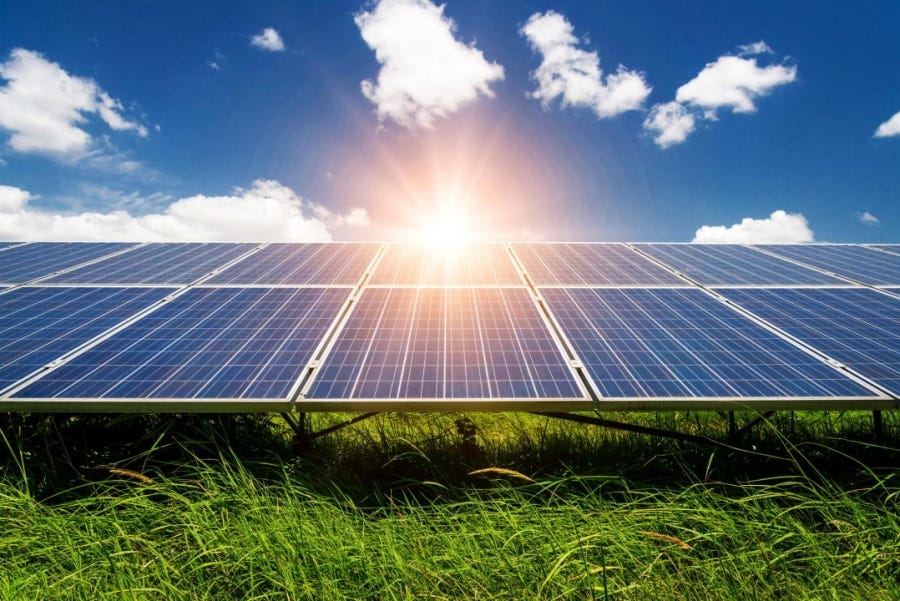
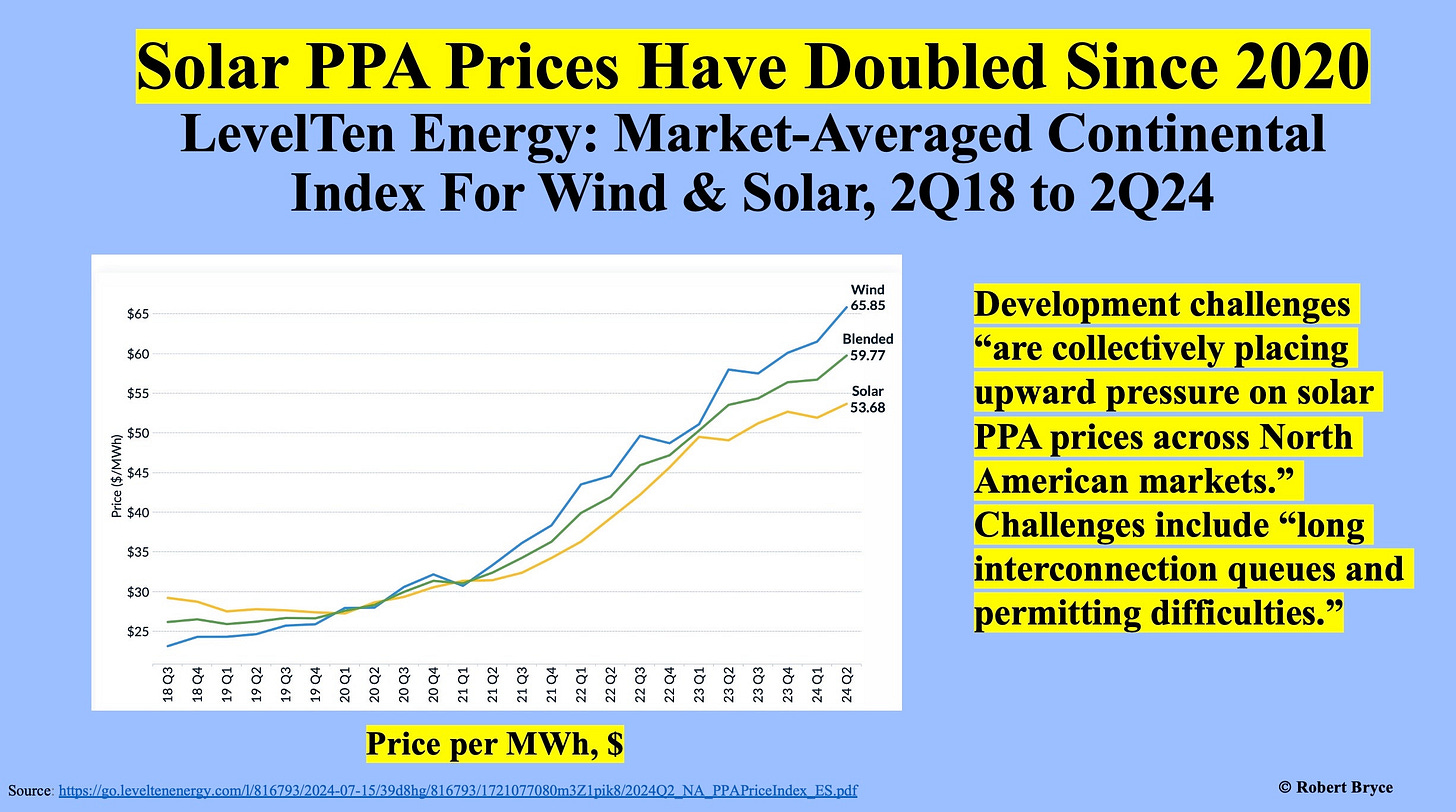


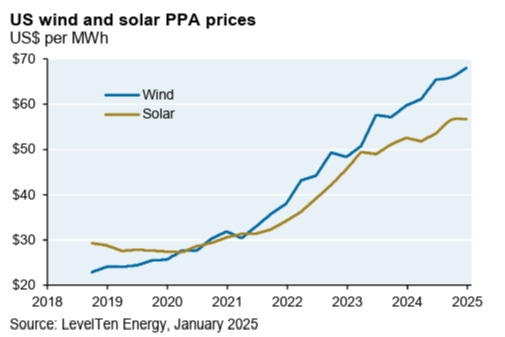
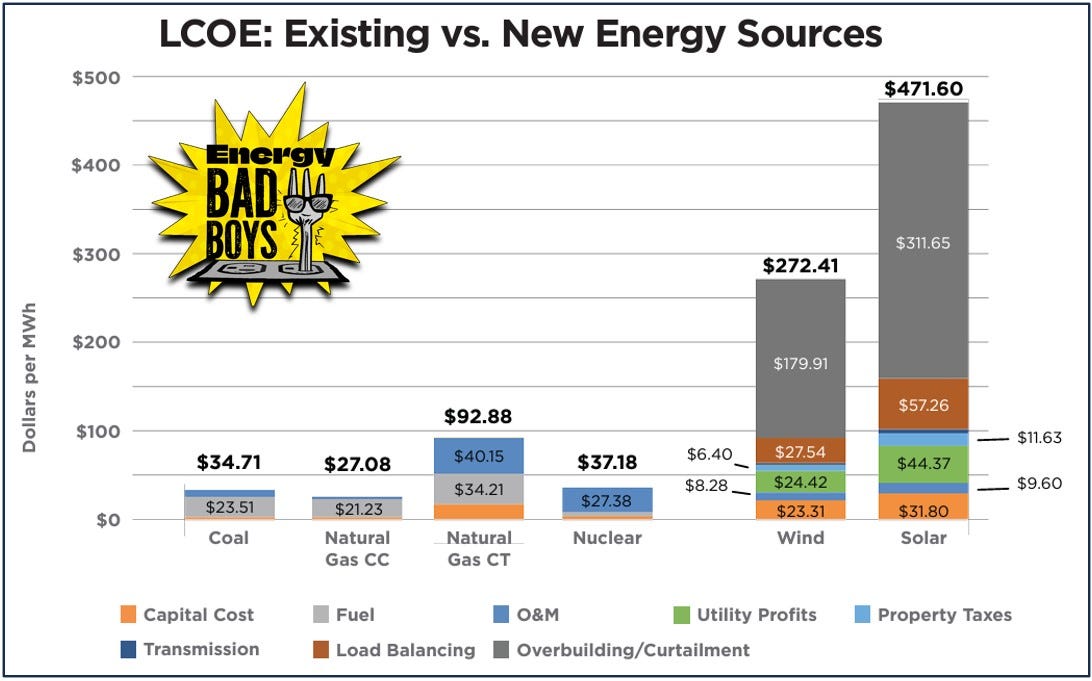
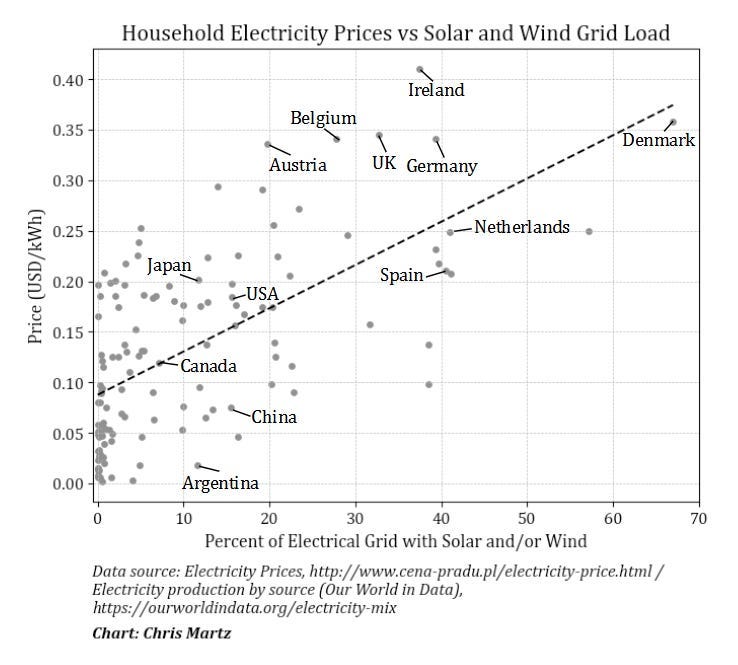








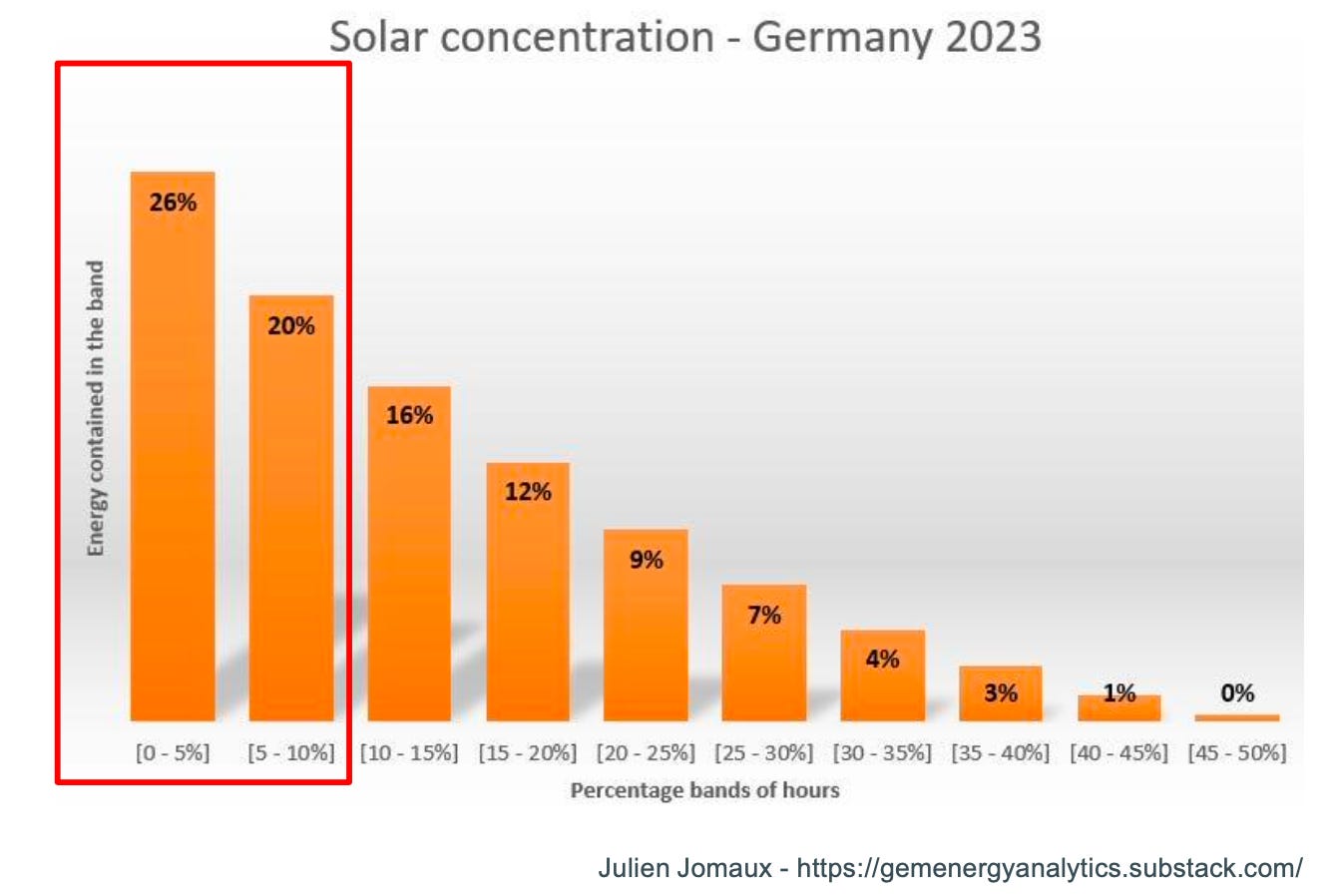


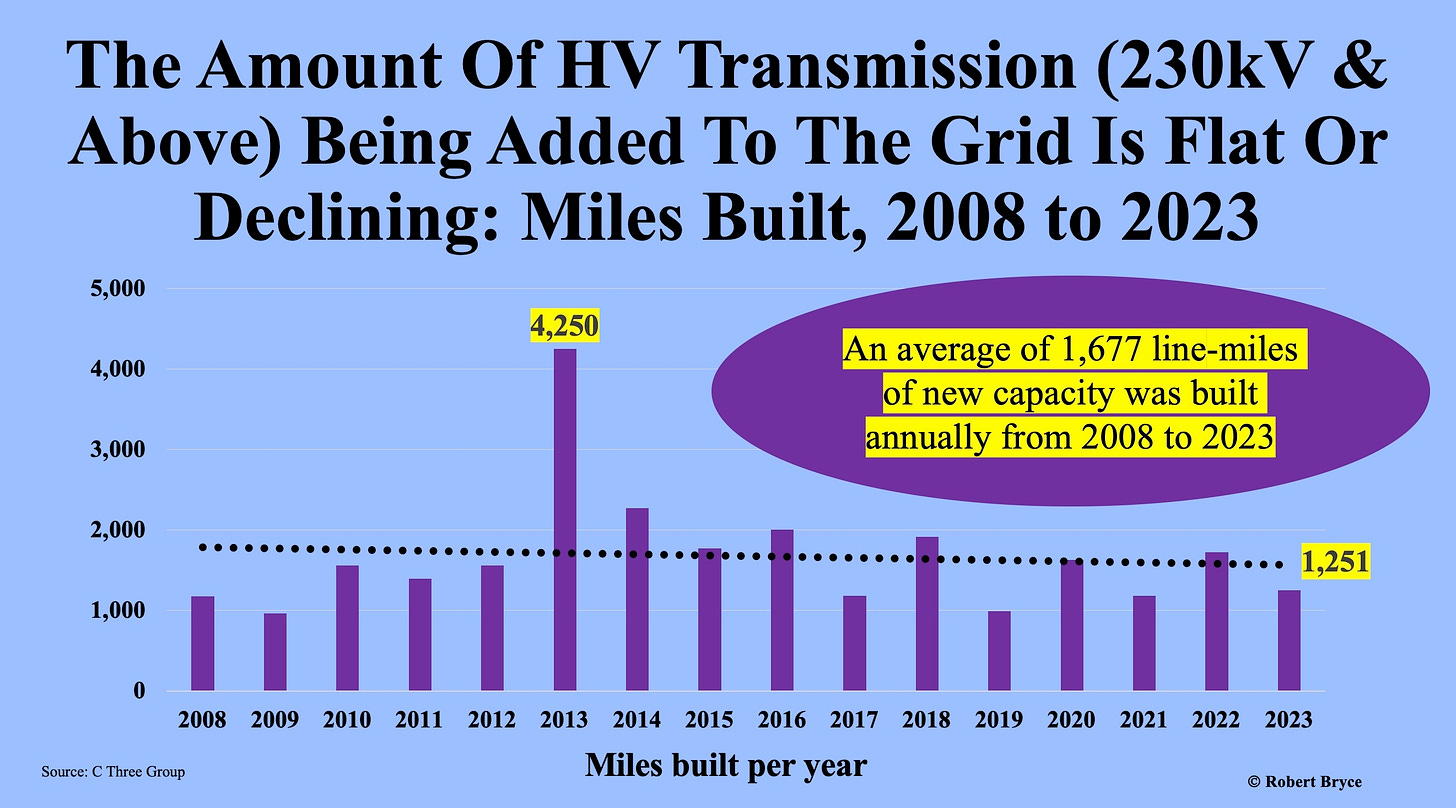
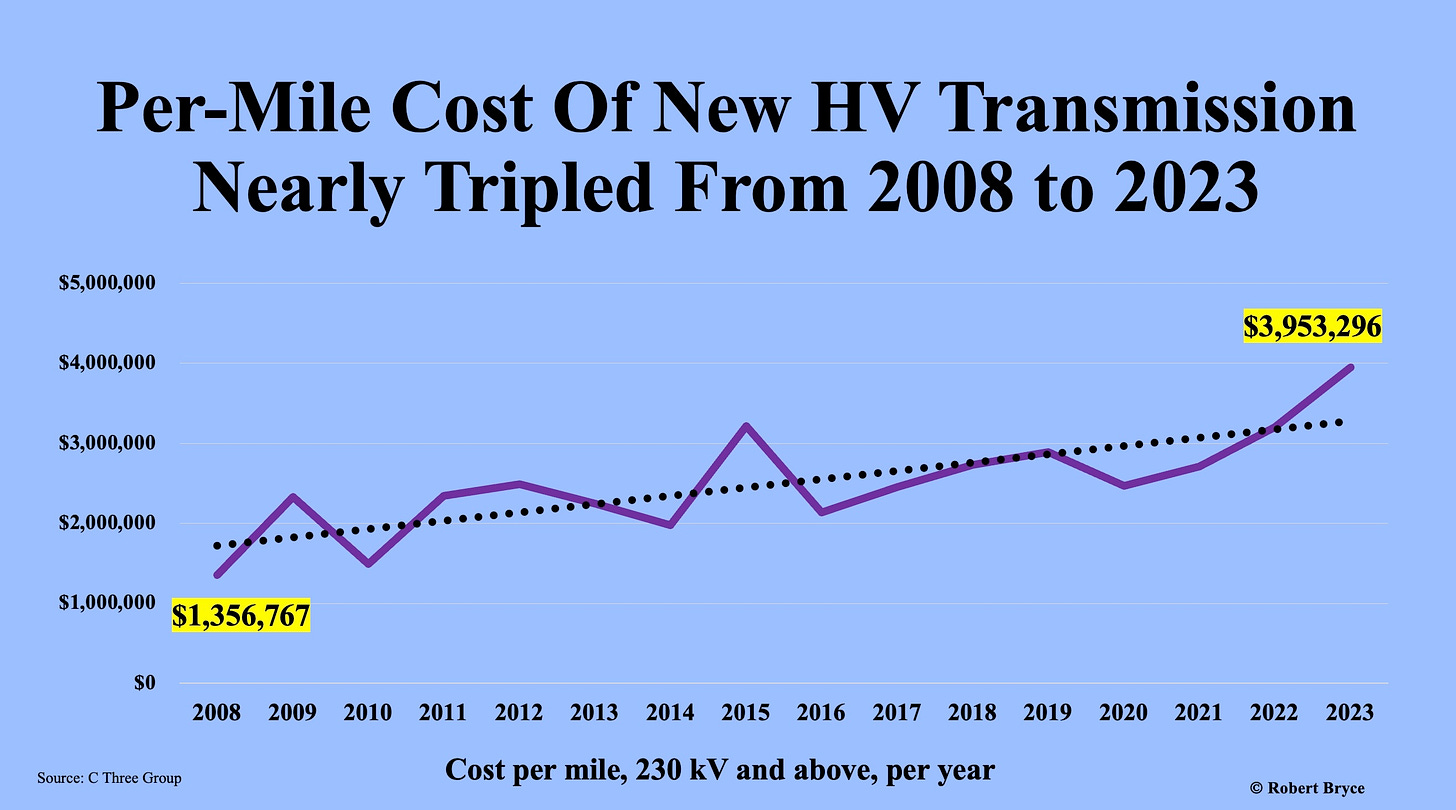
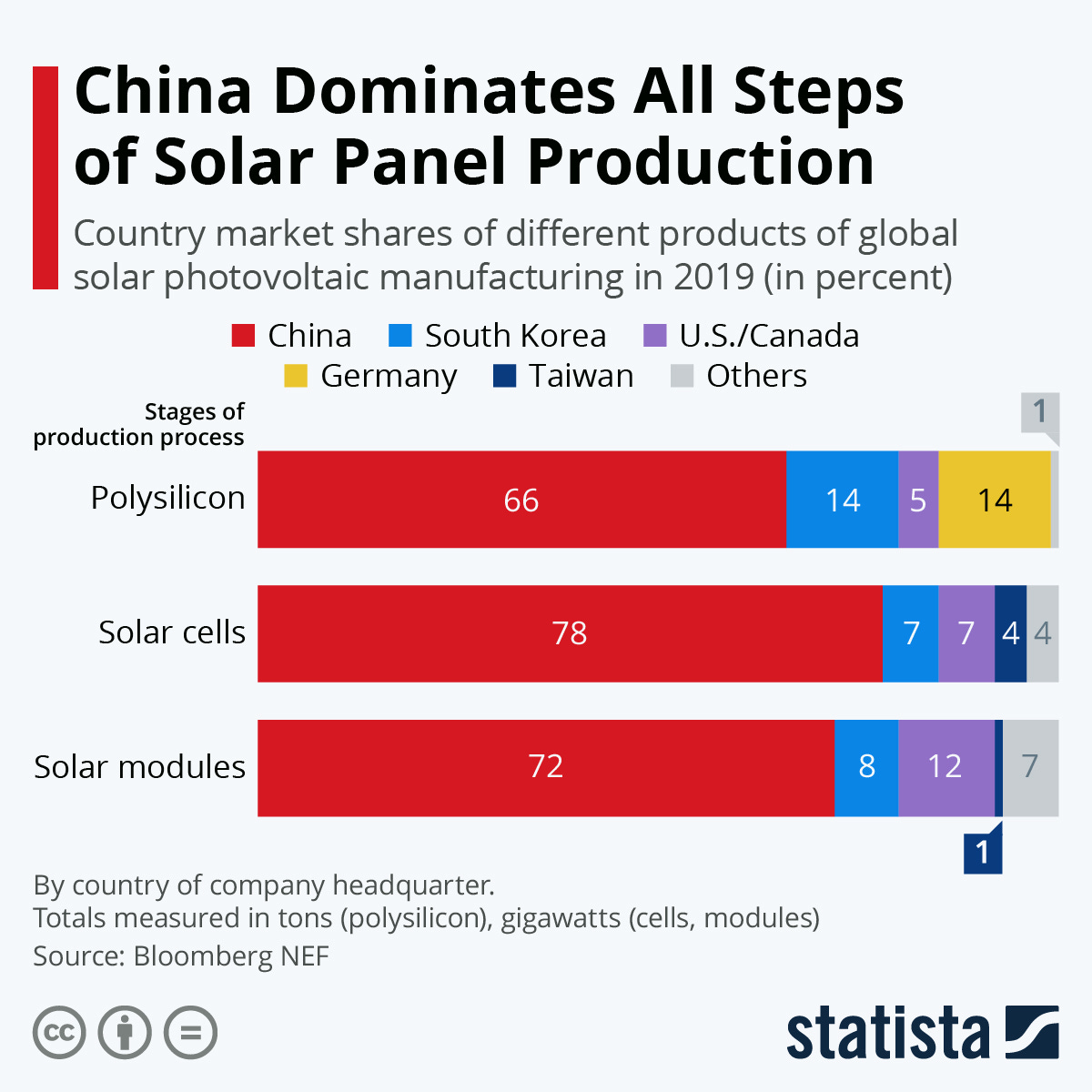
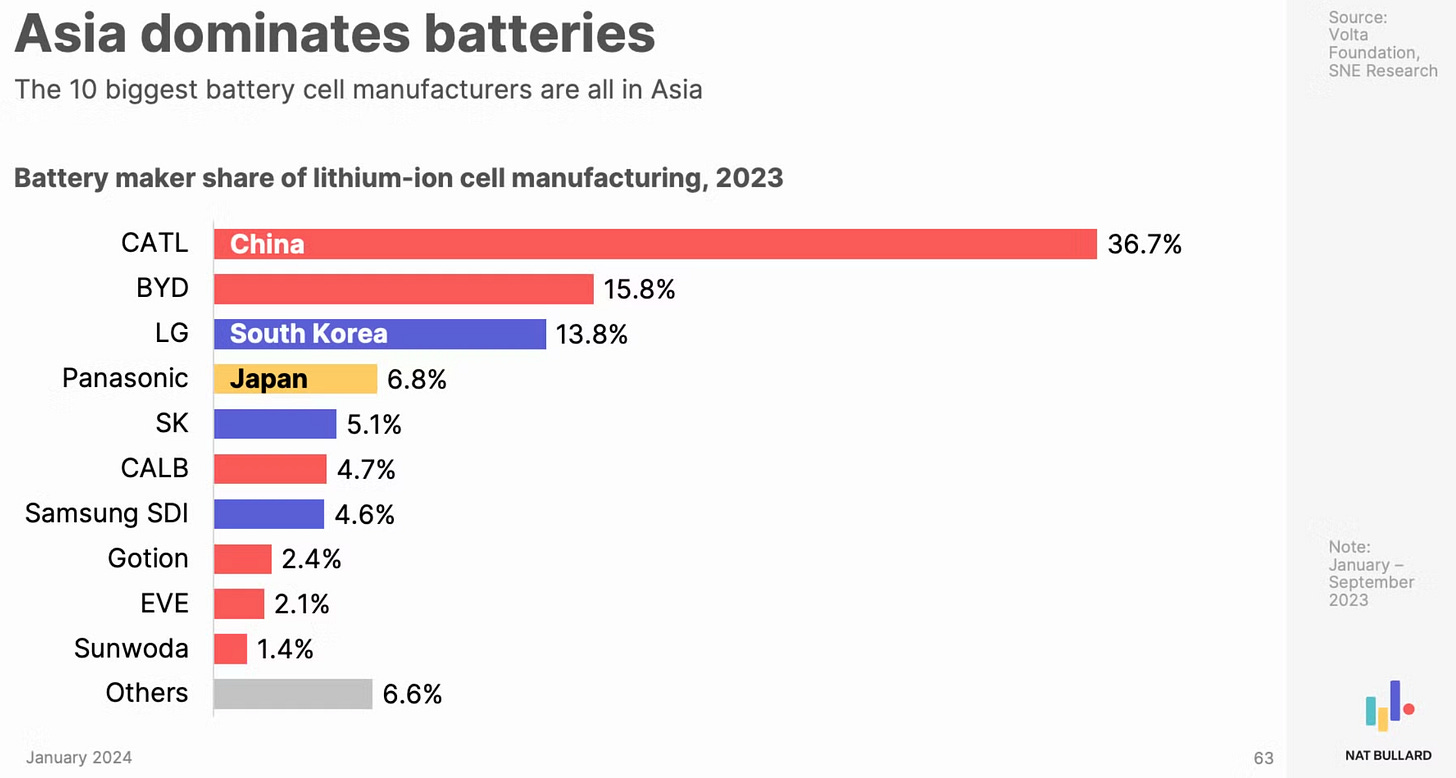
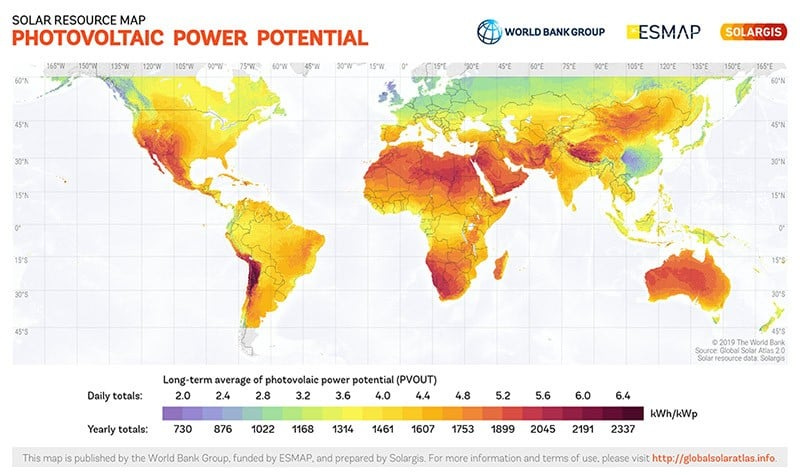
Interesting perspective. Certainly not all assumptions of the pro-solar predictions may come to pass. Yes, there are significant issues such as geography, intermittency, high battery cost, etc. And yes, the exponential decrease in cost alone is not sufficient, but a necessary condition. Too much Techno-Optimism? Maybe.
And yet, some see the opposite happening, namely that most predictions of installed capacity are not "techno-optimistic" enough, i.e. they are systematically under-estimating future installed capacity (typically by 3x) and continuously revised-upwards after the fact. See for instance https://www.exponentialview.co/p/the-forecasters-gap
The claim there is that the forecast models do not include a theory of underlying change.
From the above post:
I do not believe that analytical skills are the missing ingredient in thinking about the future. Rather, I believe that imagination about the future and a theory of change that helps to describe it clearly, are what is needed to look ahead in a more compelling way. It is not a lack of computing power, so to speak, but a lack of programming.
"Prediction is hard, especially about the future." It will be interesting to follow which prediction (about future installed solar capacity) is more likely to pan out.
Well considered as always Michael.
Solar + Wind will not solve the many planetary energy challenges. The government subsidies are working correctly to reach an economical area on the cost curves. Batteries will get there. China should not be left alone in owning these industries, because they were disciplined investing. And electricity prices will go inelastic, with data center competition and very high costs of rebuilding the decrepit grid - so the value will change considerably.
Solar and Batteries are not being accurately compensated for their market potential. That will change. Distributed systems also provide Resilience and will dramatically lower the total cost for Electrification while stabilizing Society. Solar also perfectly matches Cooling, which becomes a human survival requirement on a heating planet.
The problem with climate change isn't talked about. Climate change does two utterly destructive things:
1. Forces mass migration, famine, civil war, and widespread warfare.
2. Risk becomes unpredictable, cost of capital unaffordable, and investment slowly loses power to drive the fly wheel of capitalism.
Both of these are terminal outcomes to Progress and invitations to a lasting era of Poverty. Arguments such as if the US, alone, makes a defining difference are over stated. The mass of humanity lives in areas that are great for solar. And the sun shines everywhere.
Solar, Wind, and Batteries should be receiving increased government investment, while we have the means. In addition to replacing coal with gas and speeding feasible nuclear. The use of technology in the Grid gets near zero attention, which in the year 2025 is absurd.
A more techno-realistic, common global approach would benefit us greatly. Thanks as always.